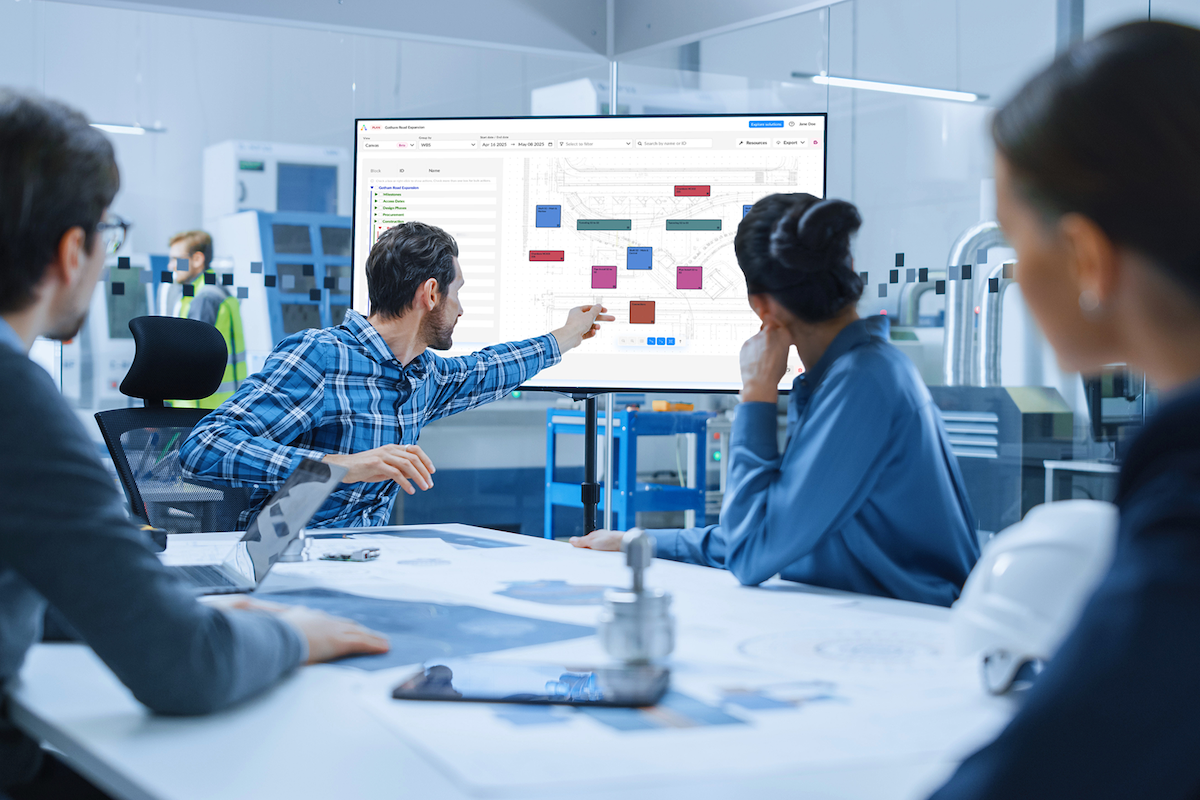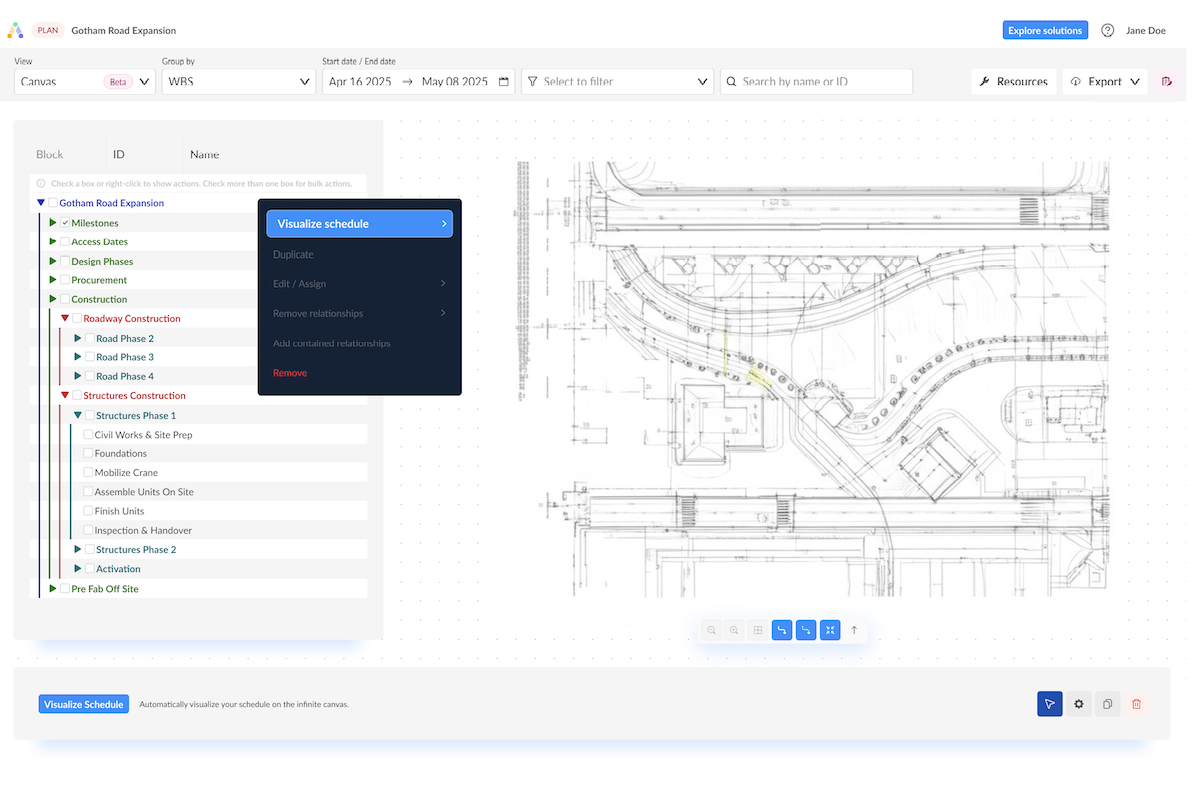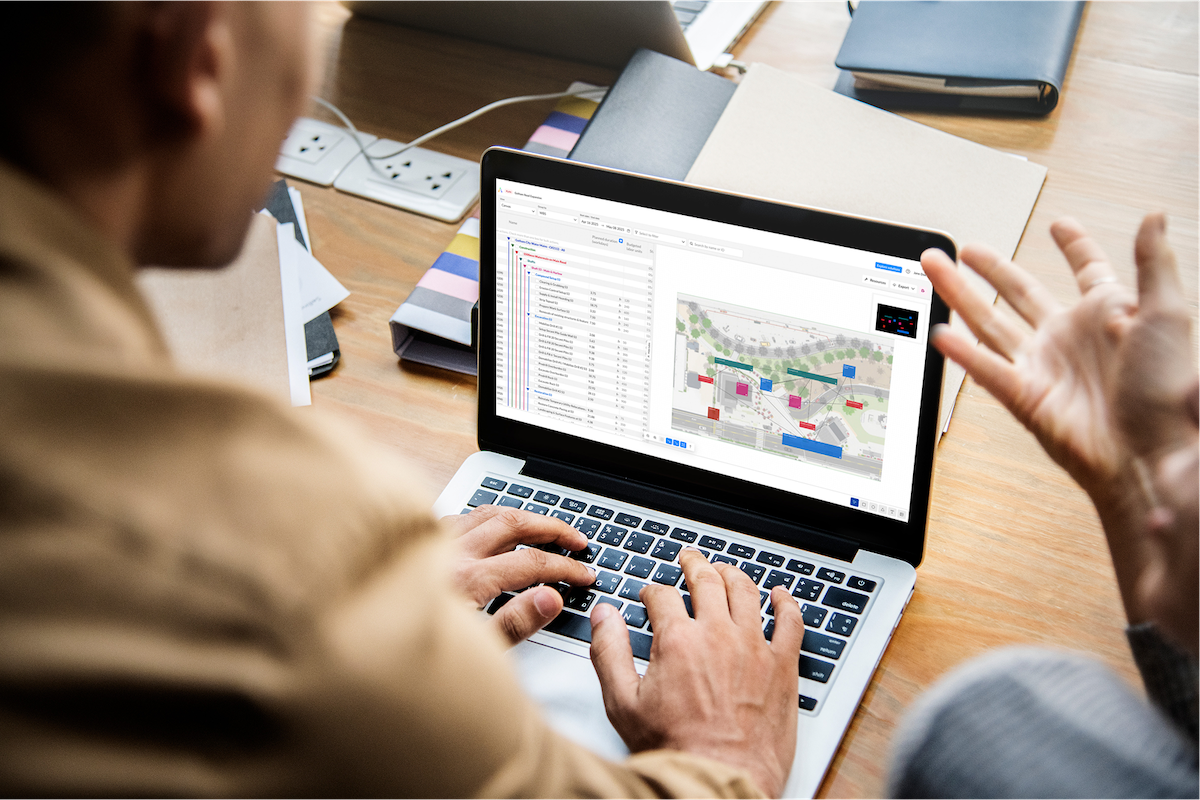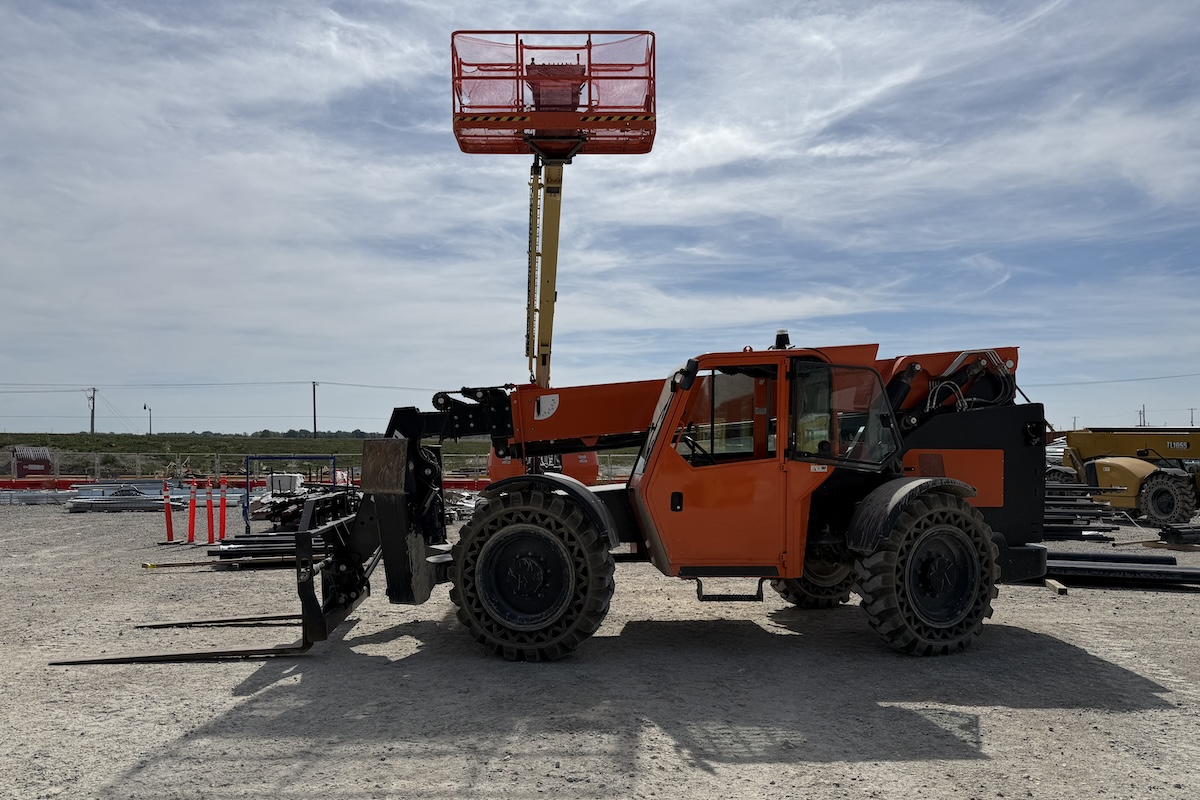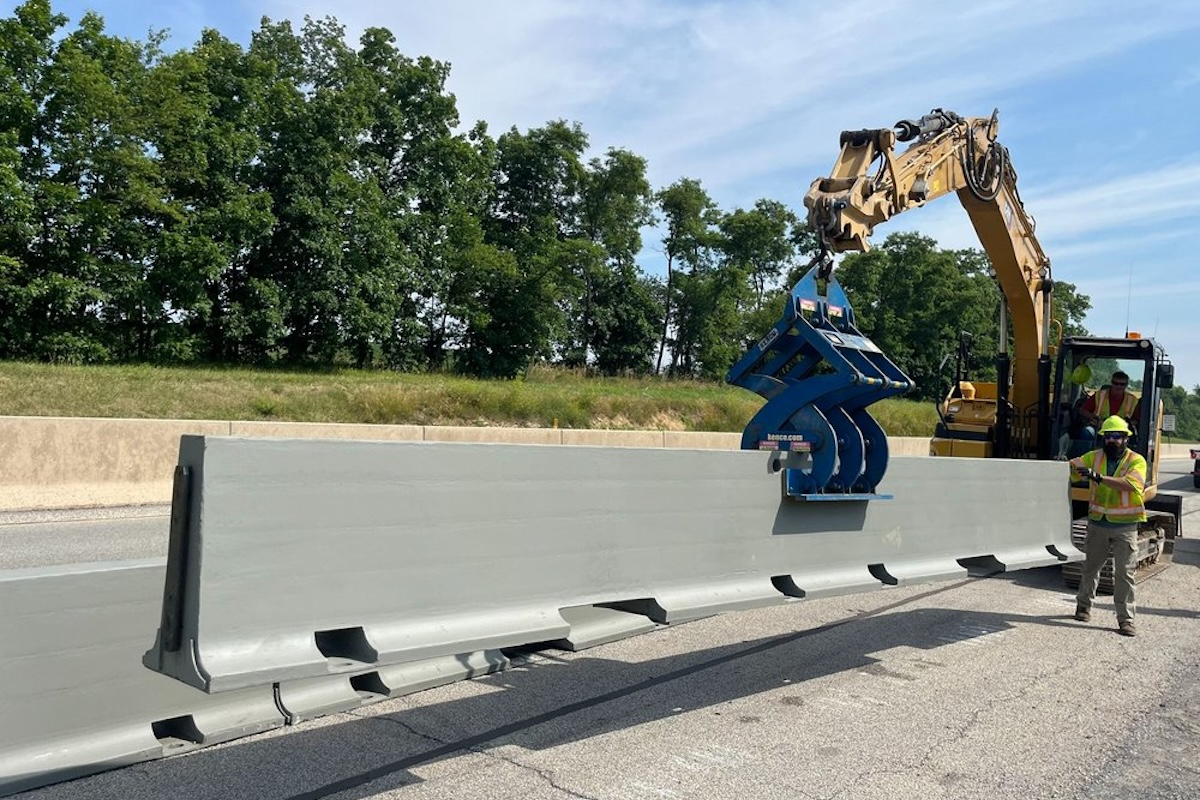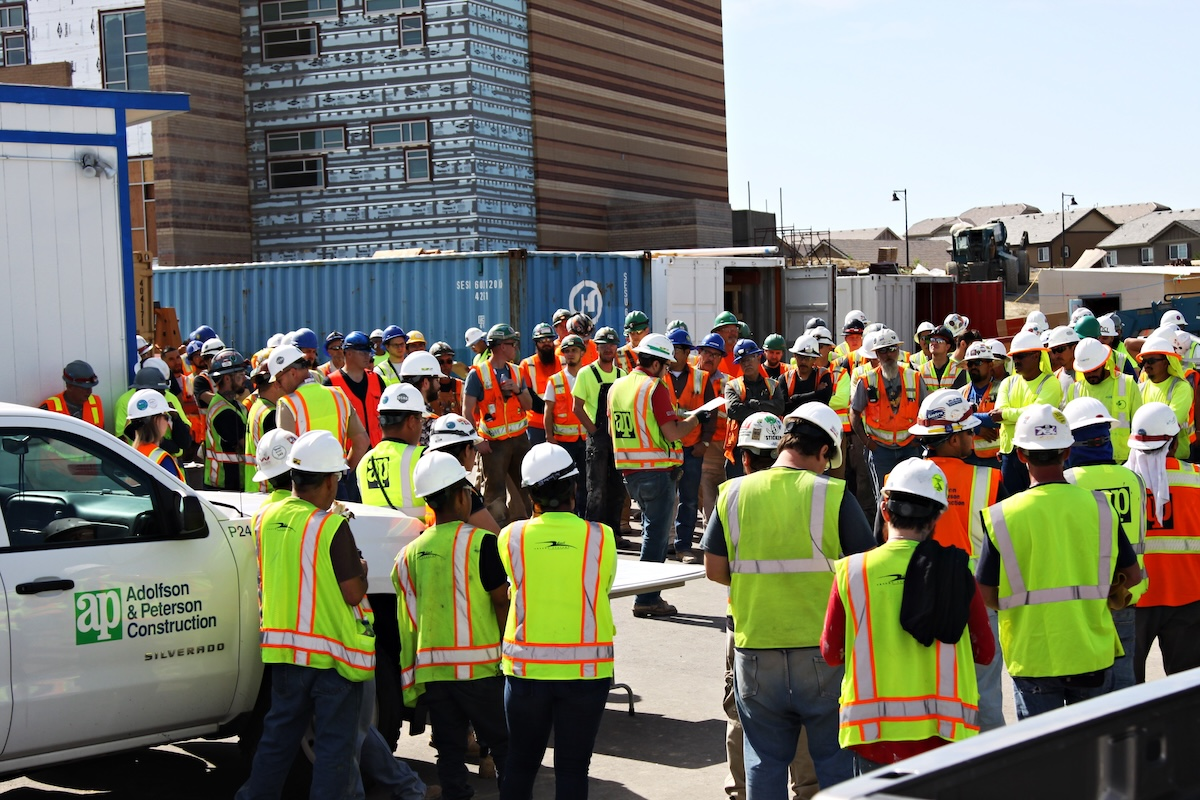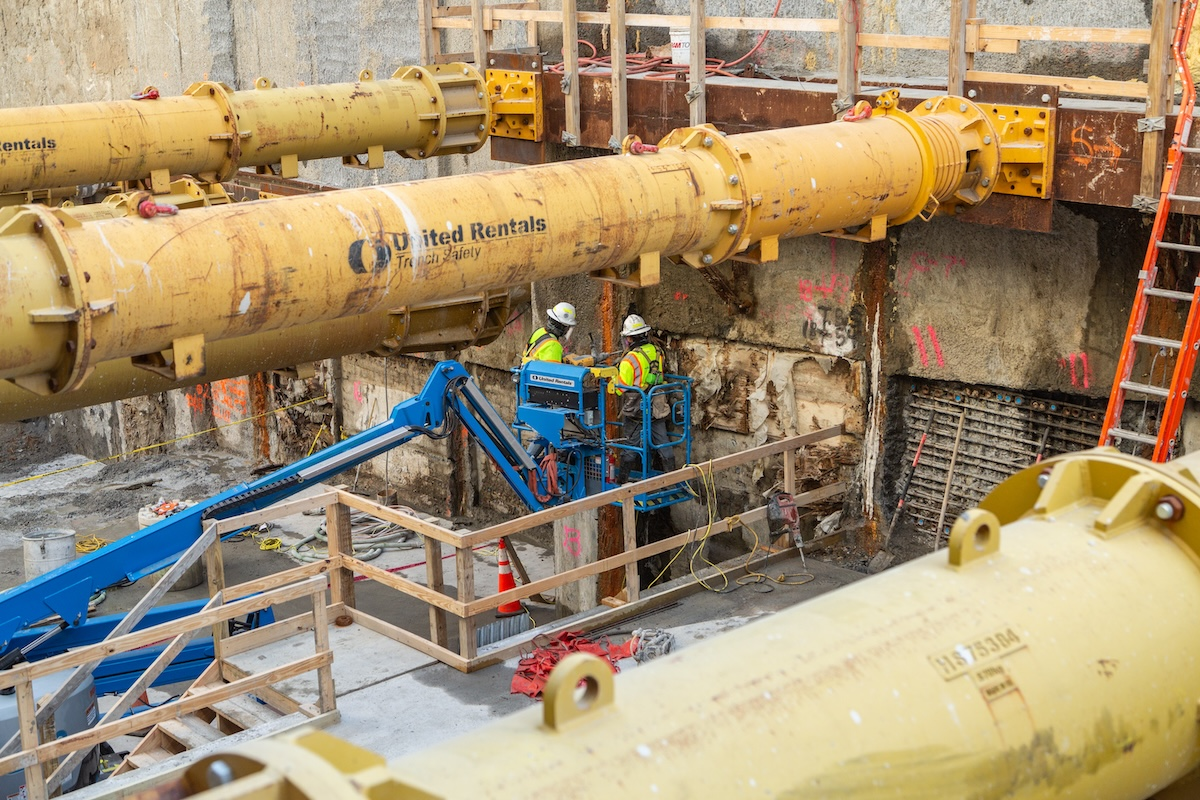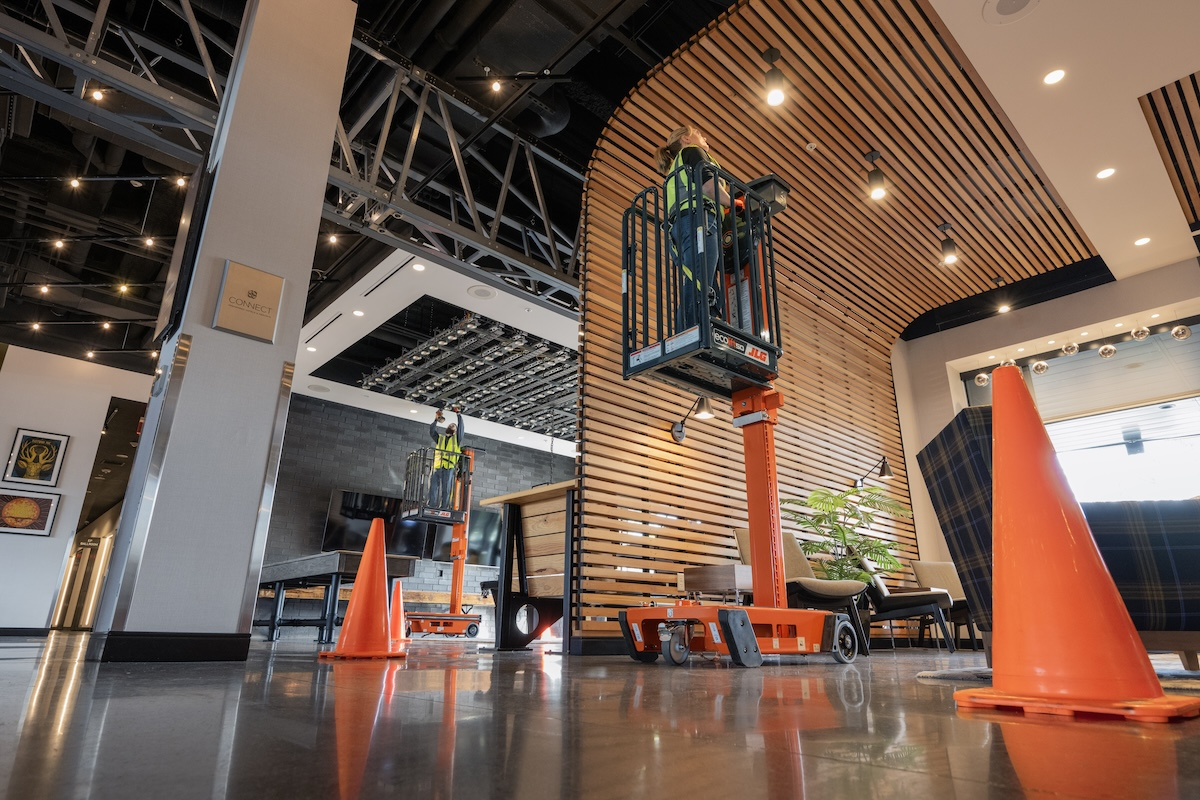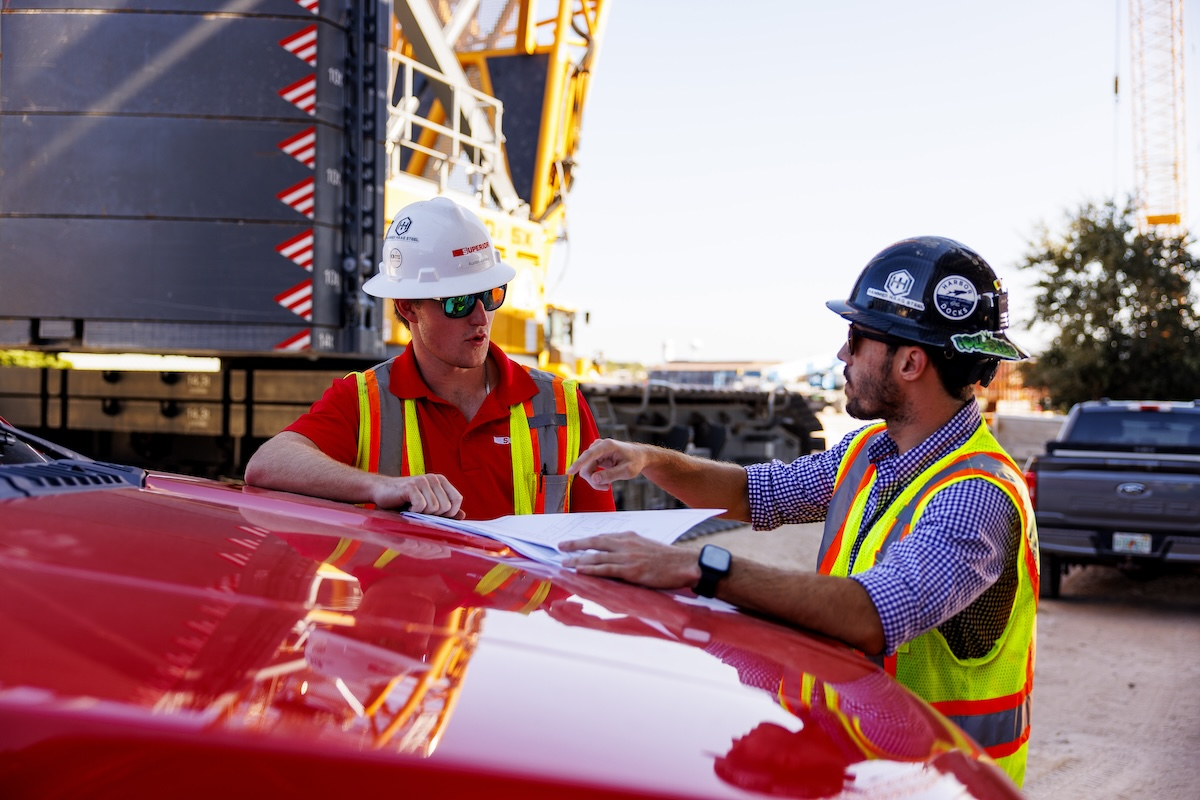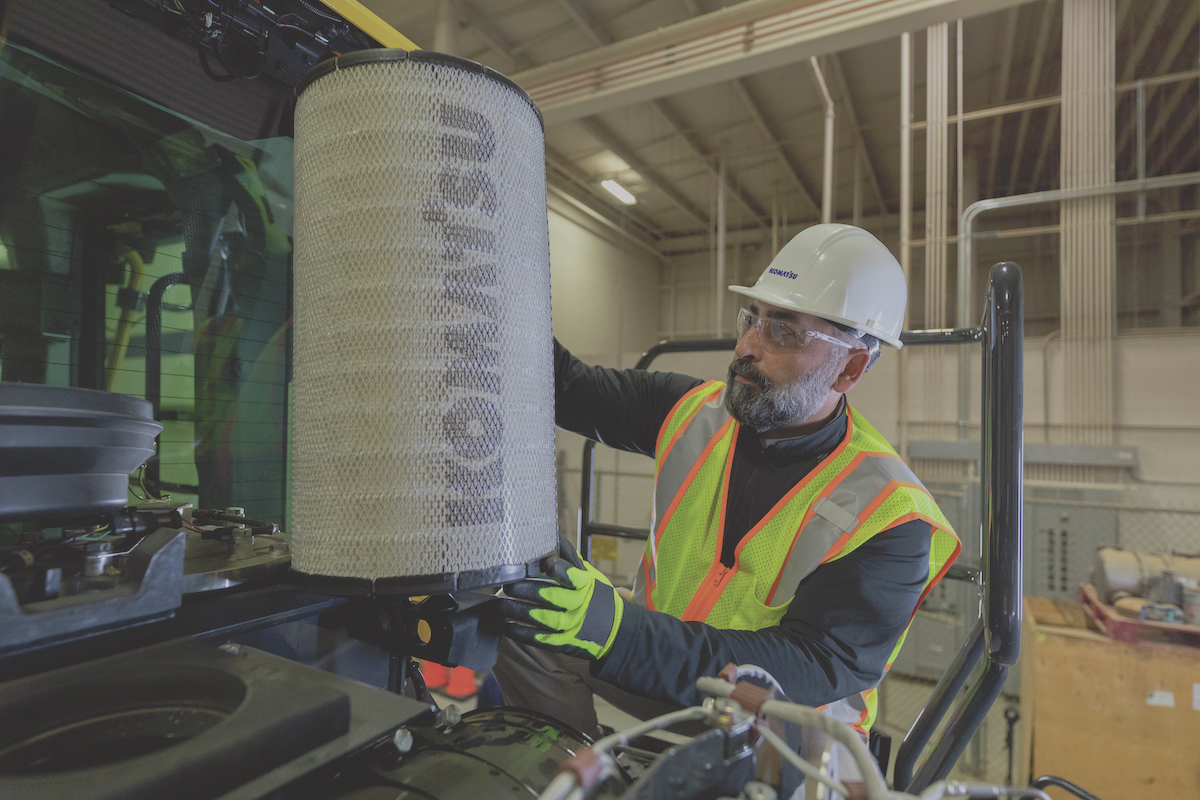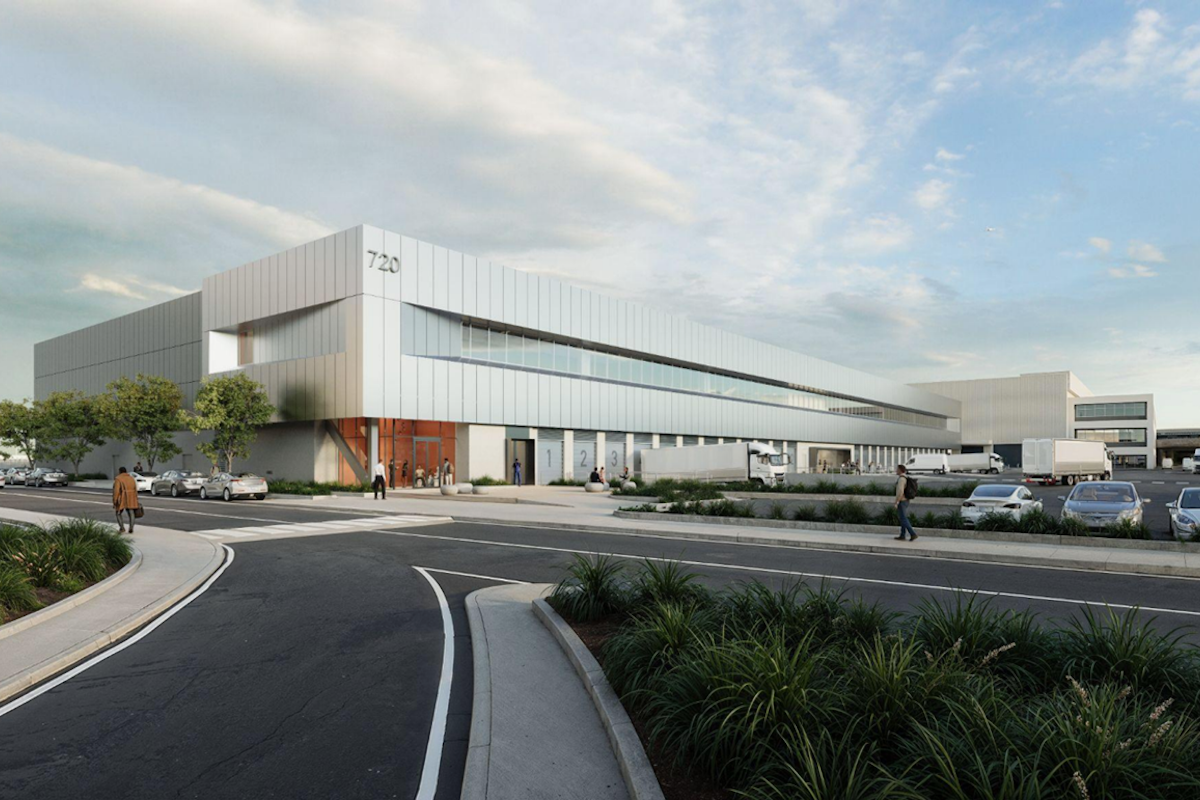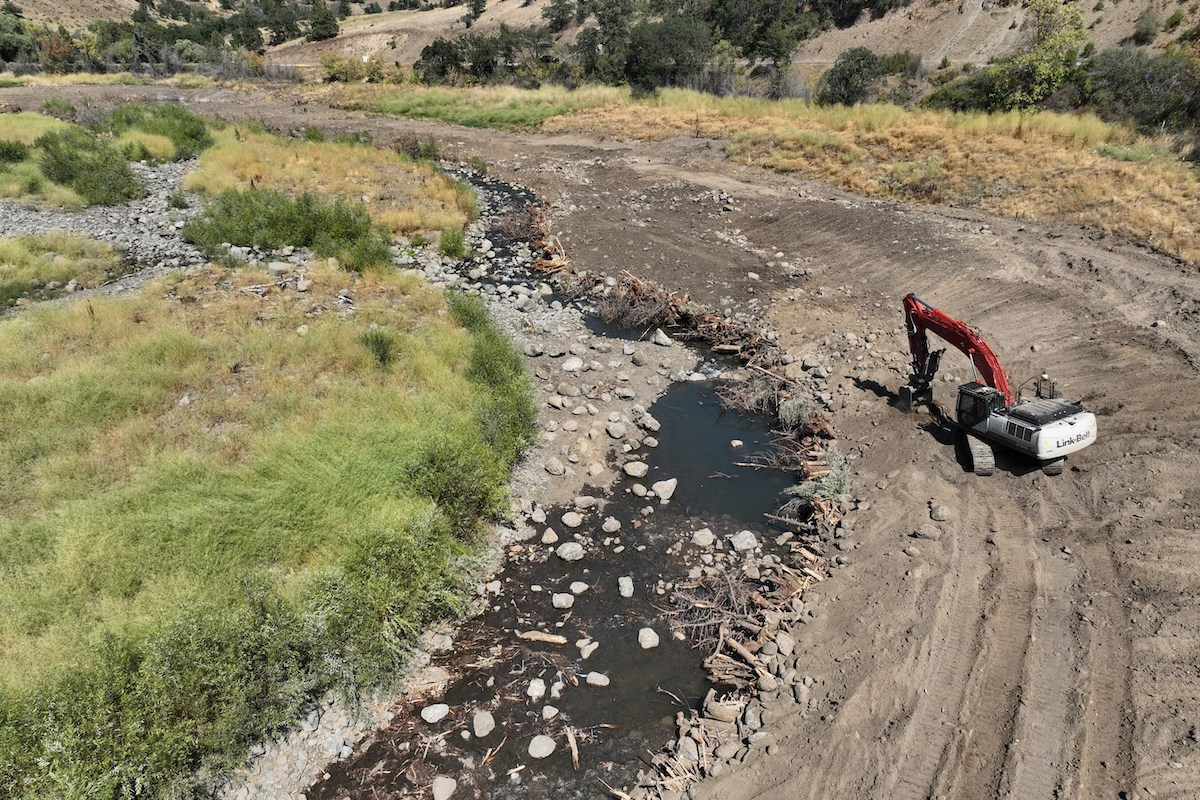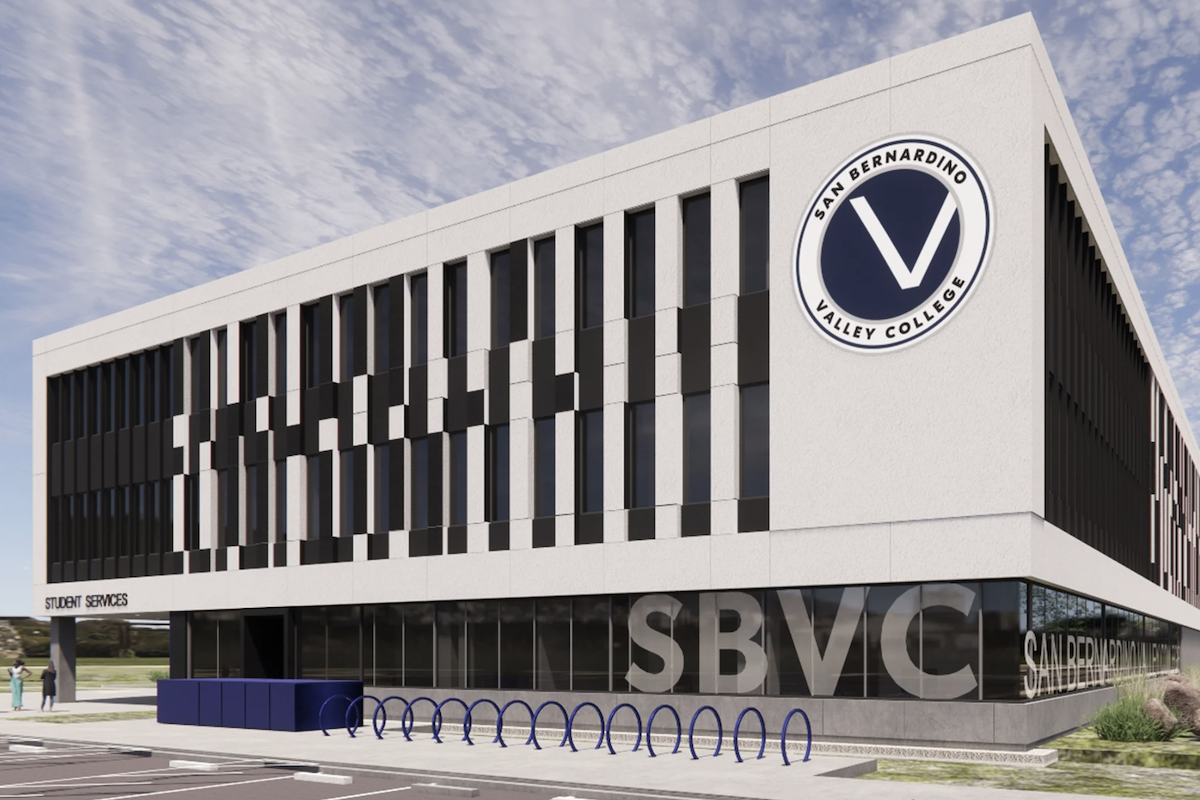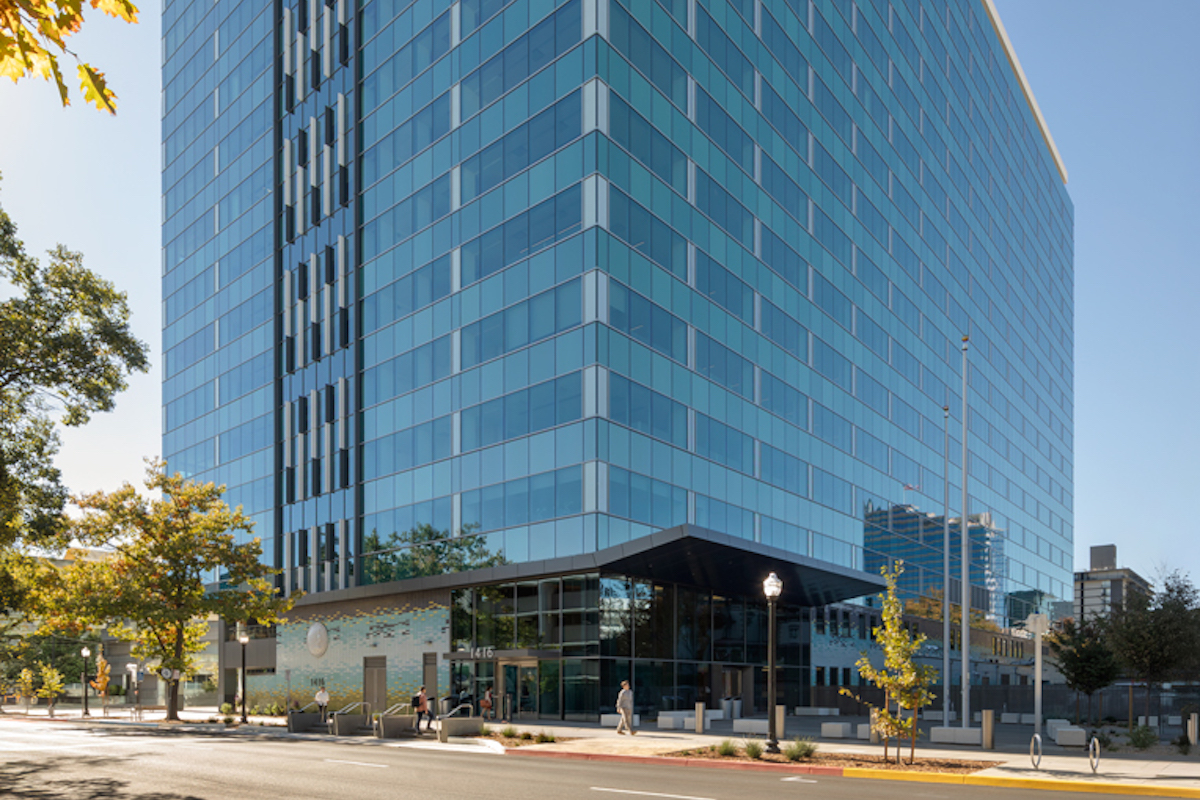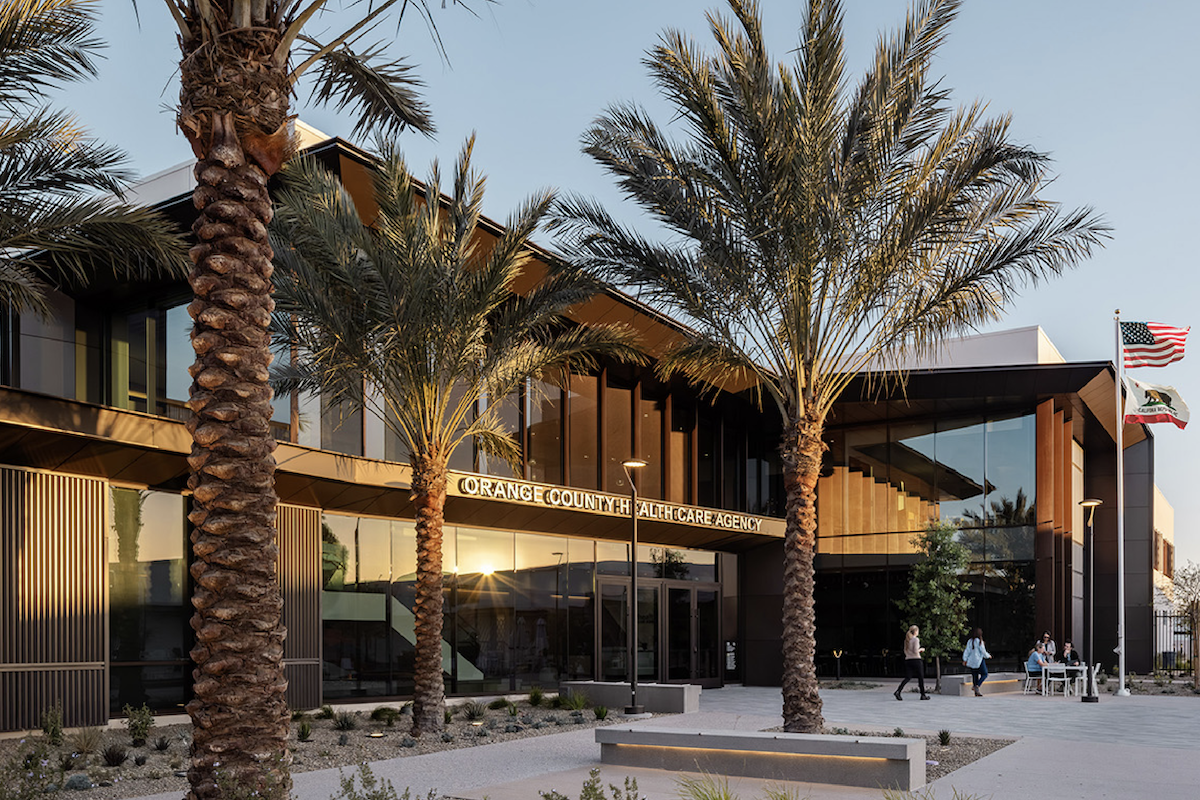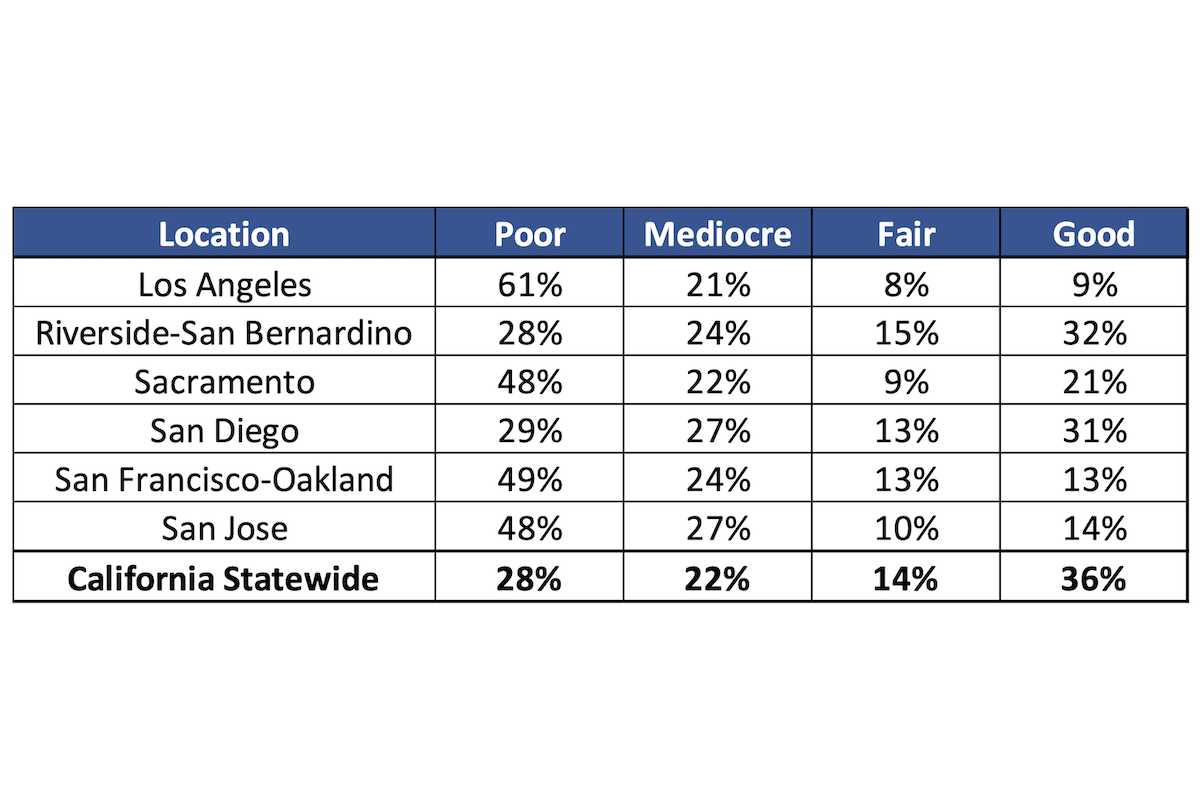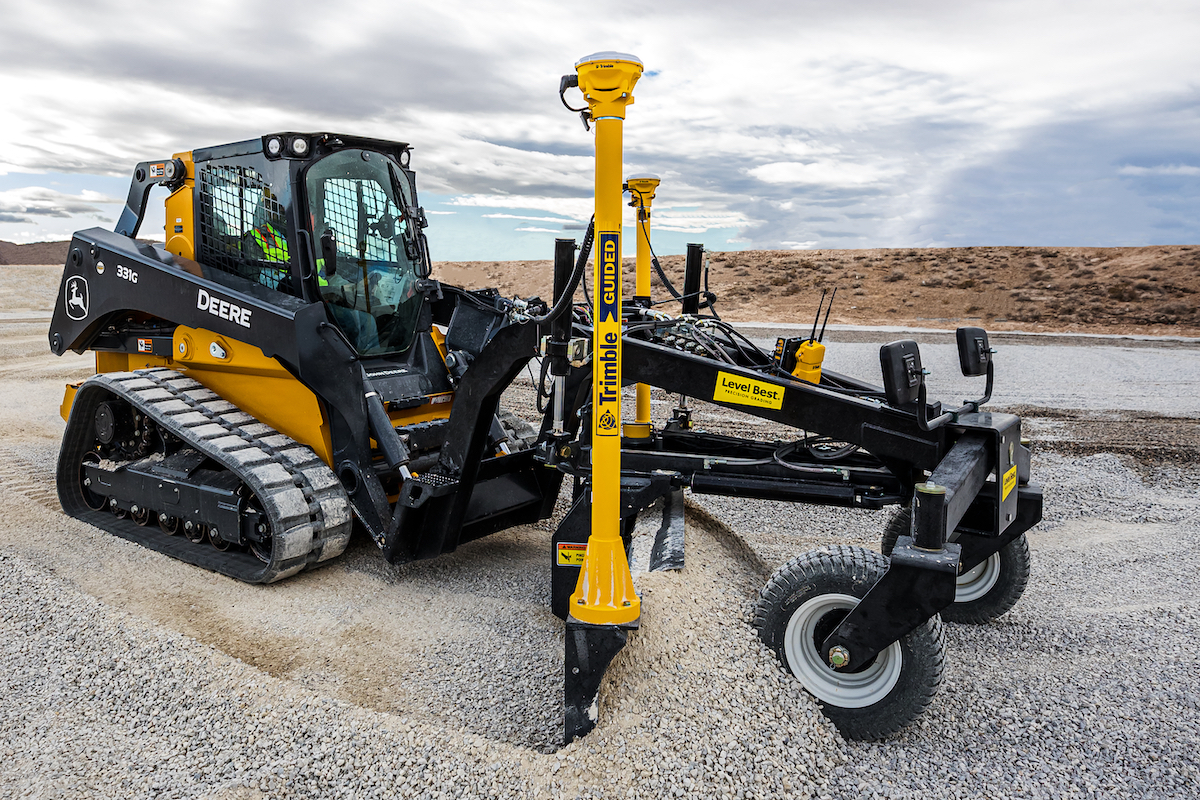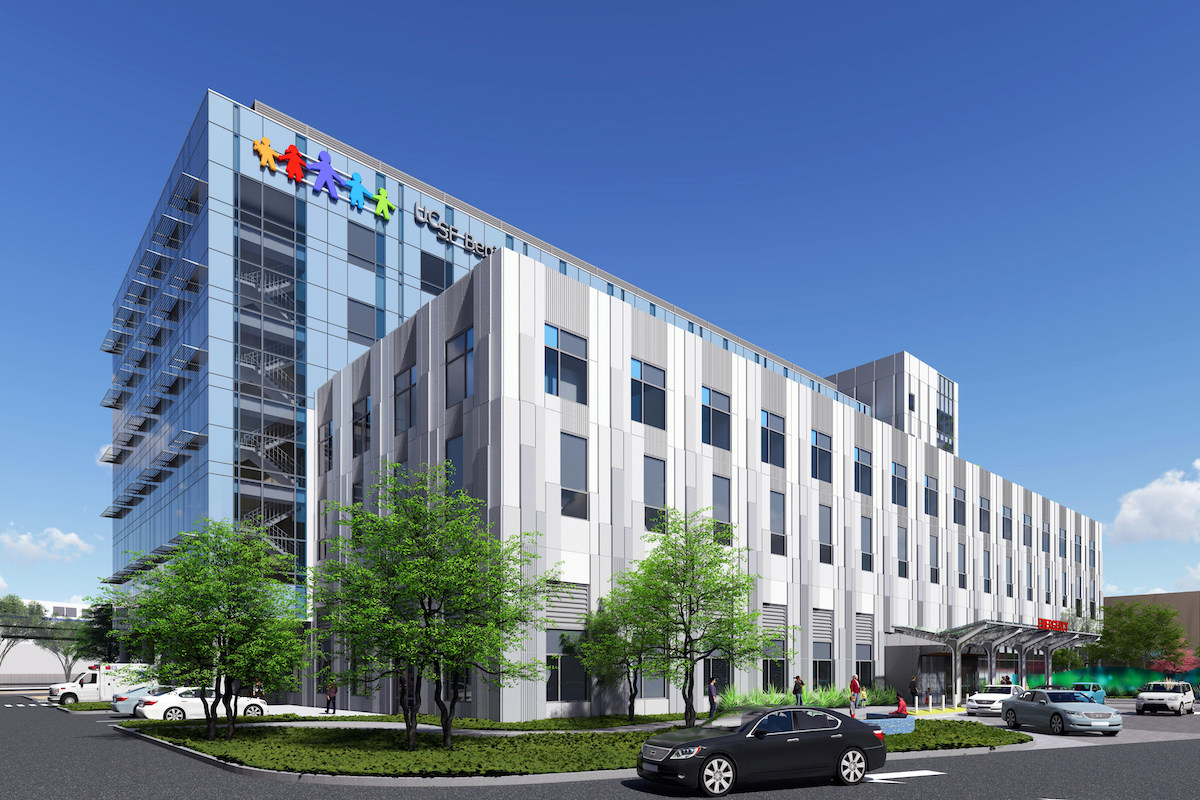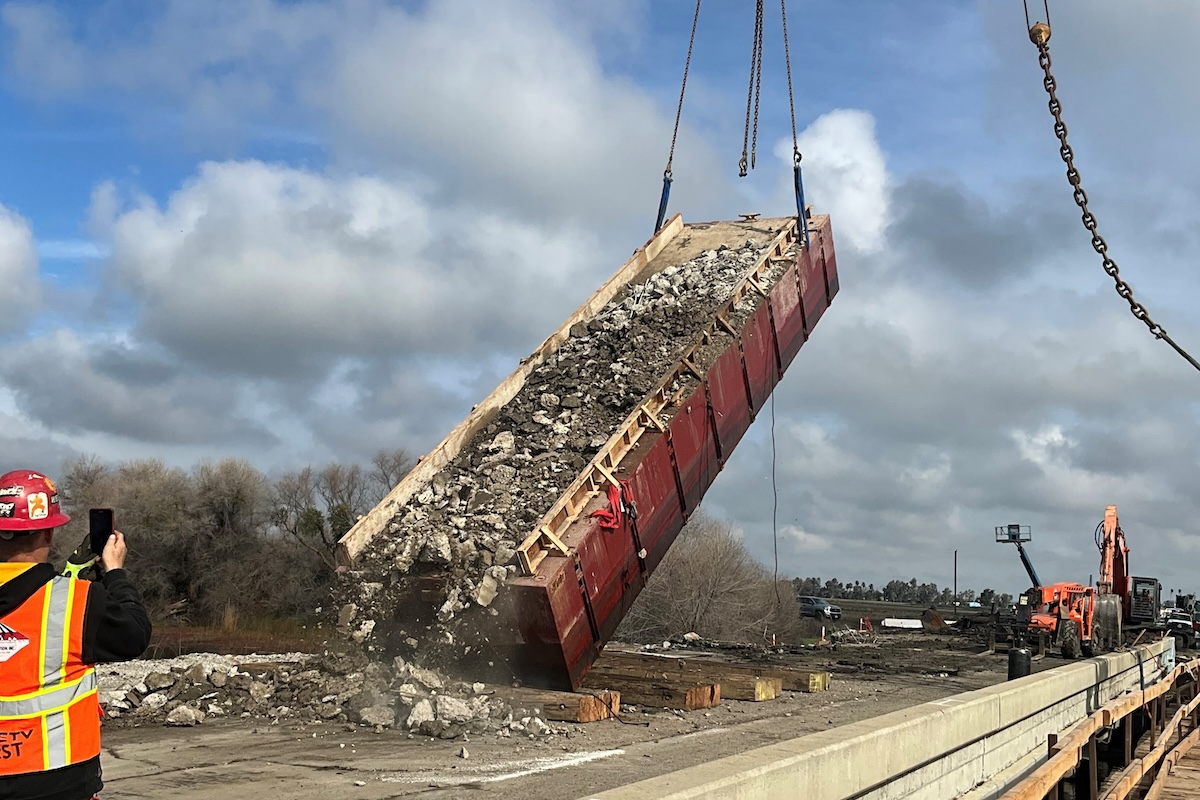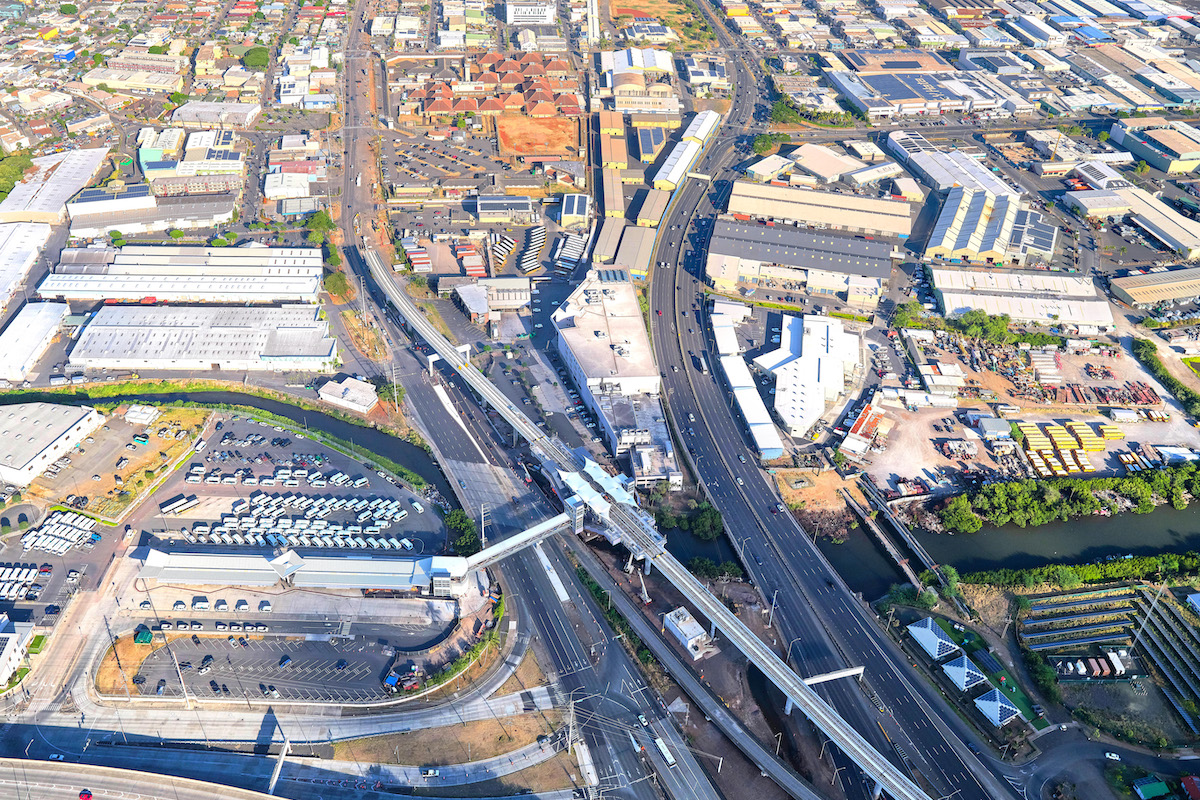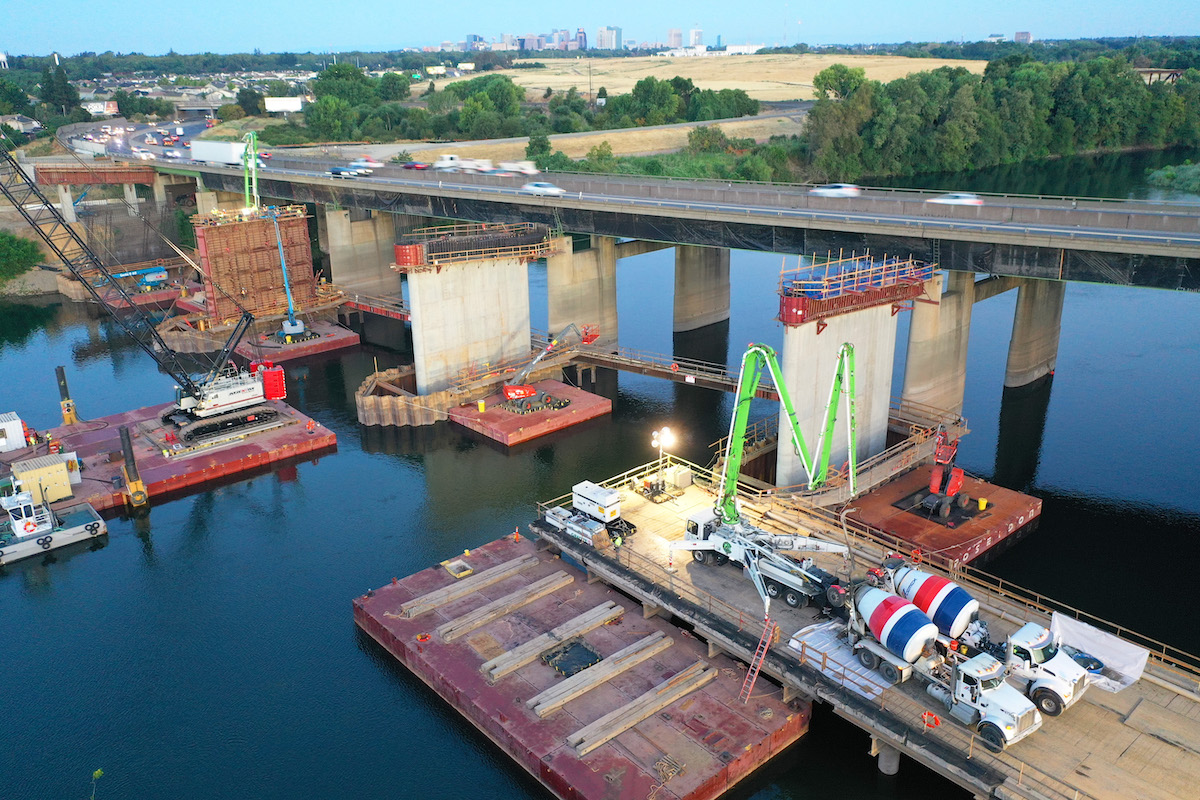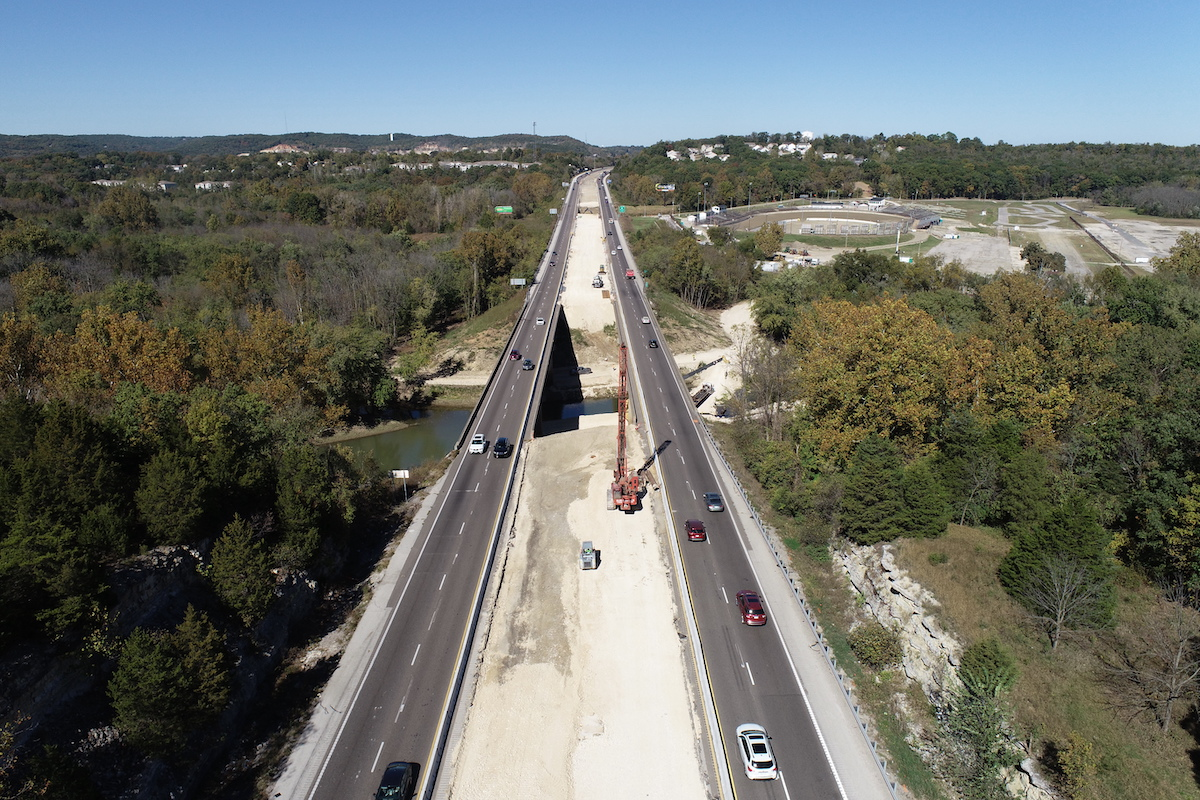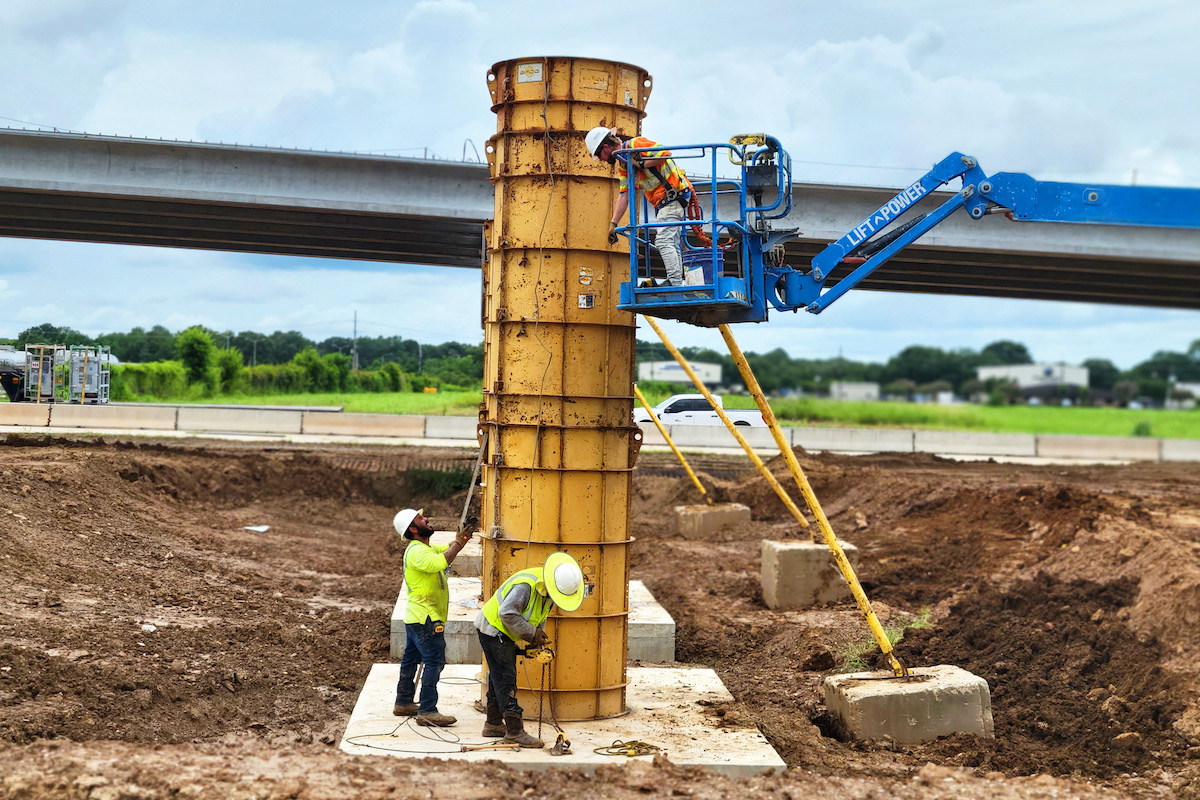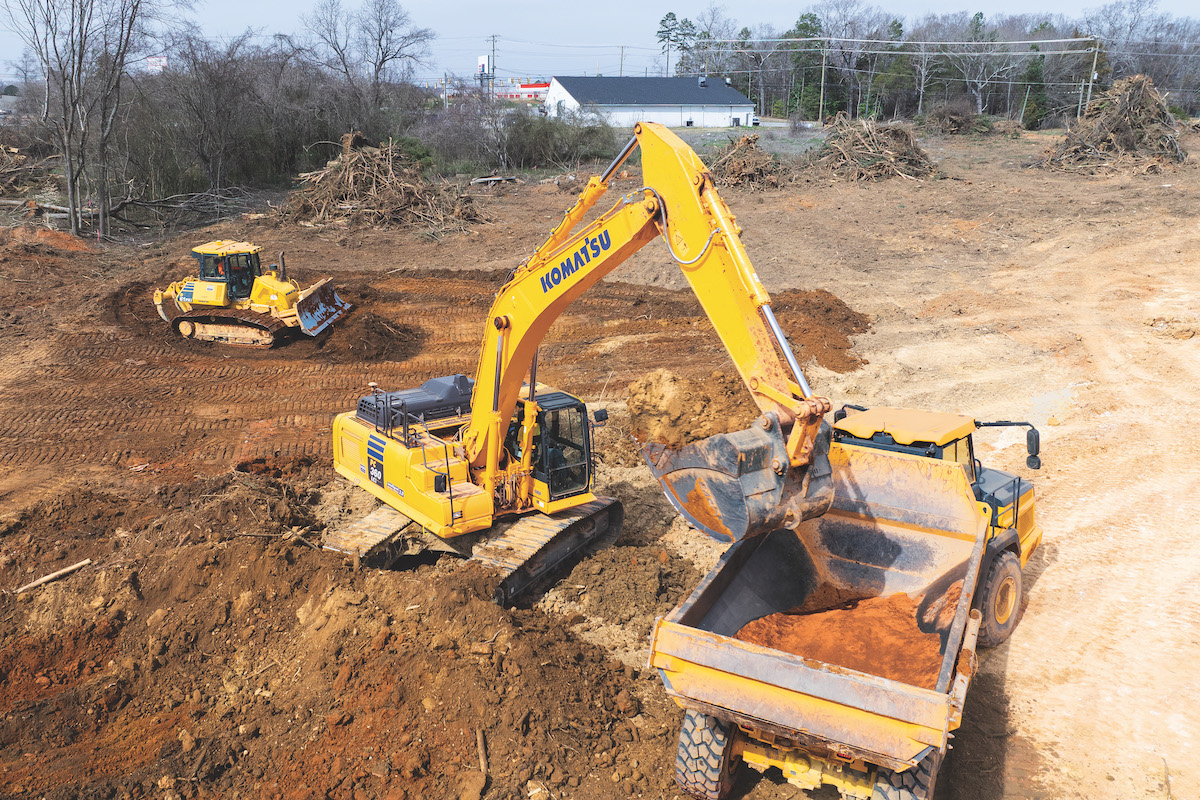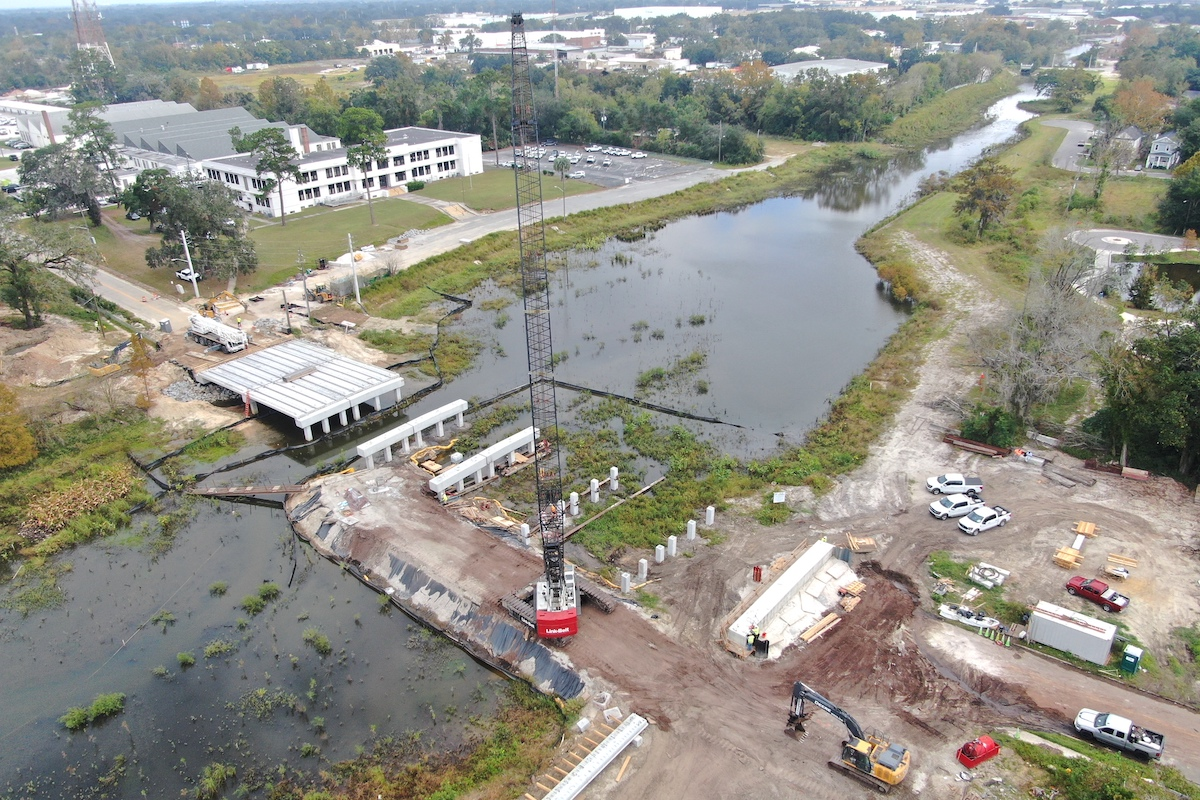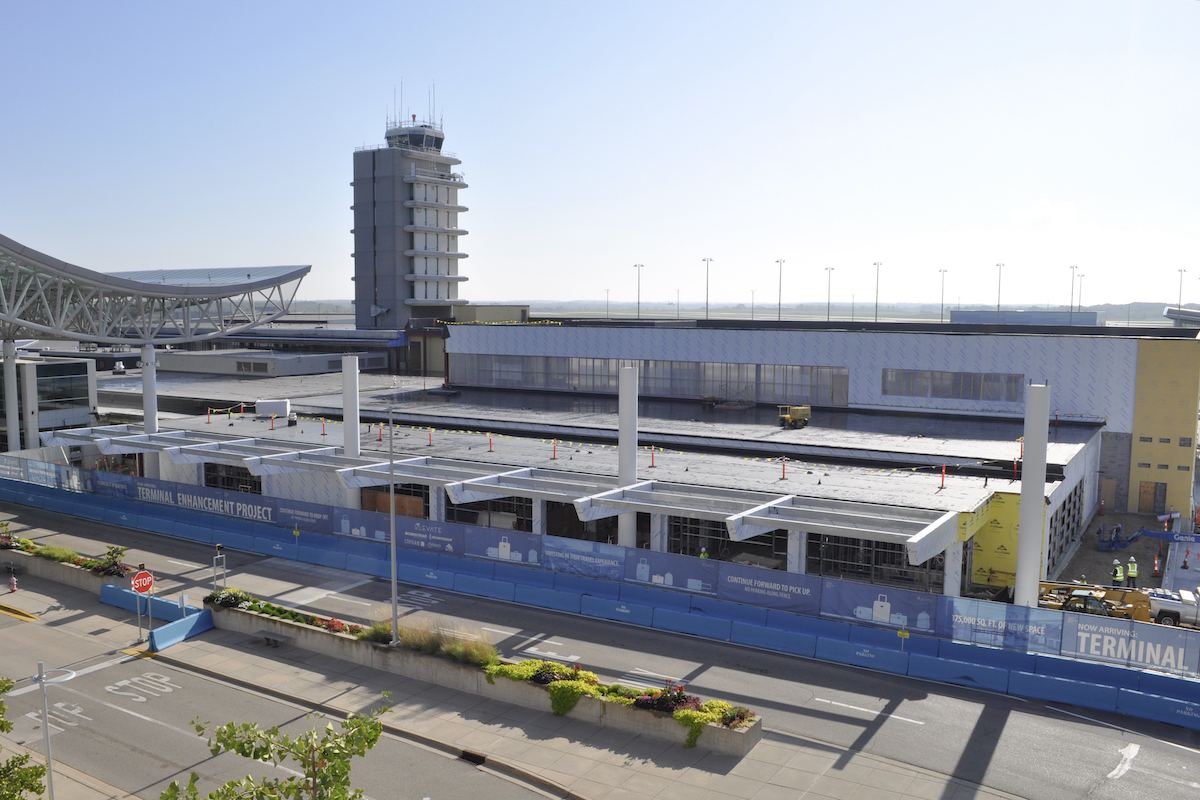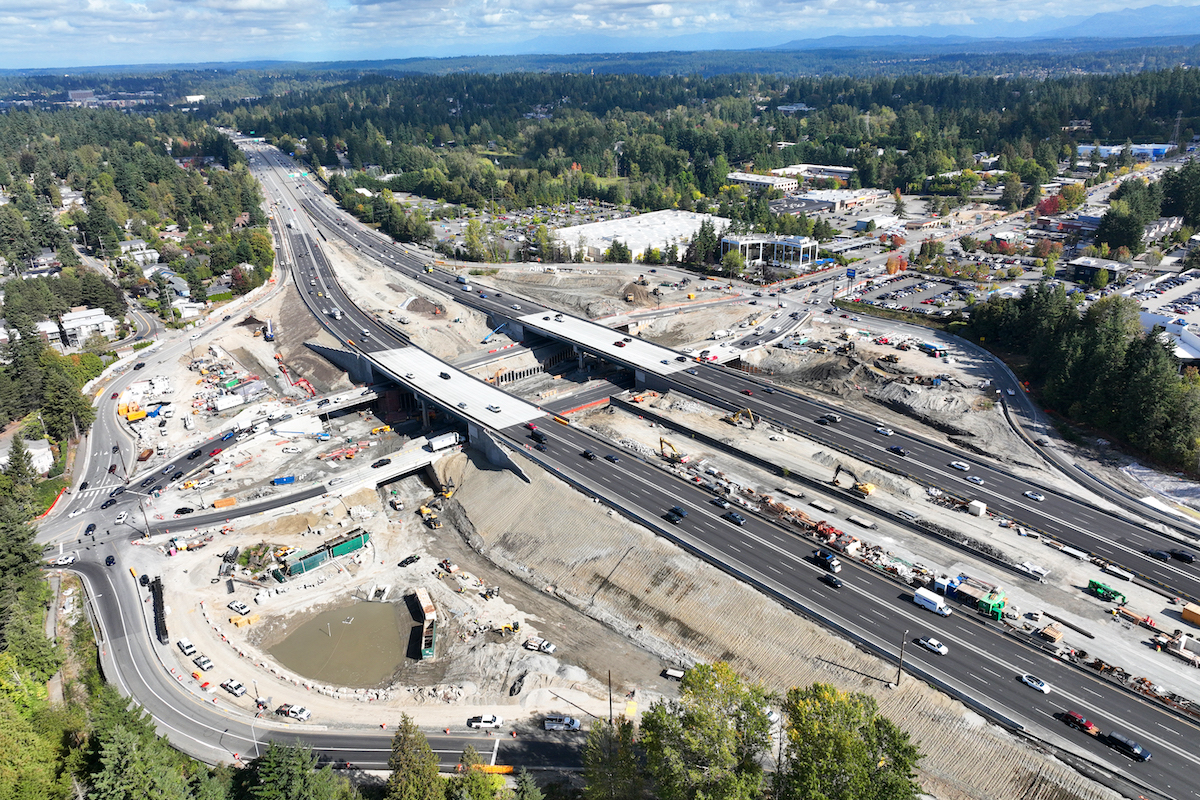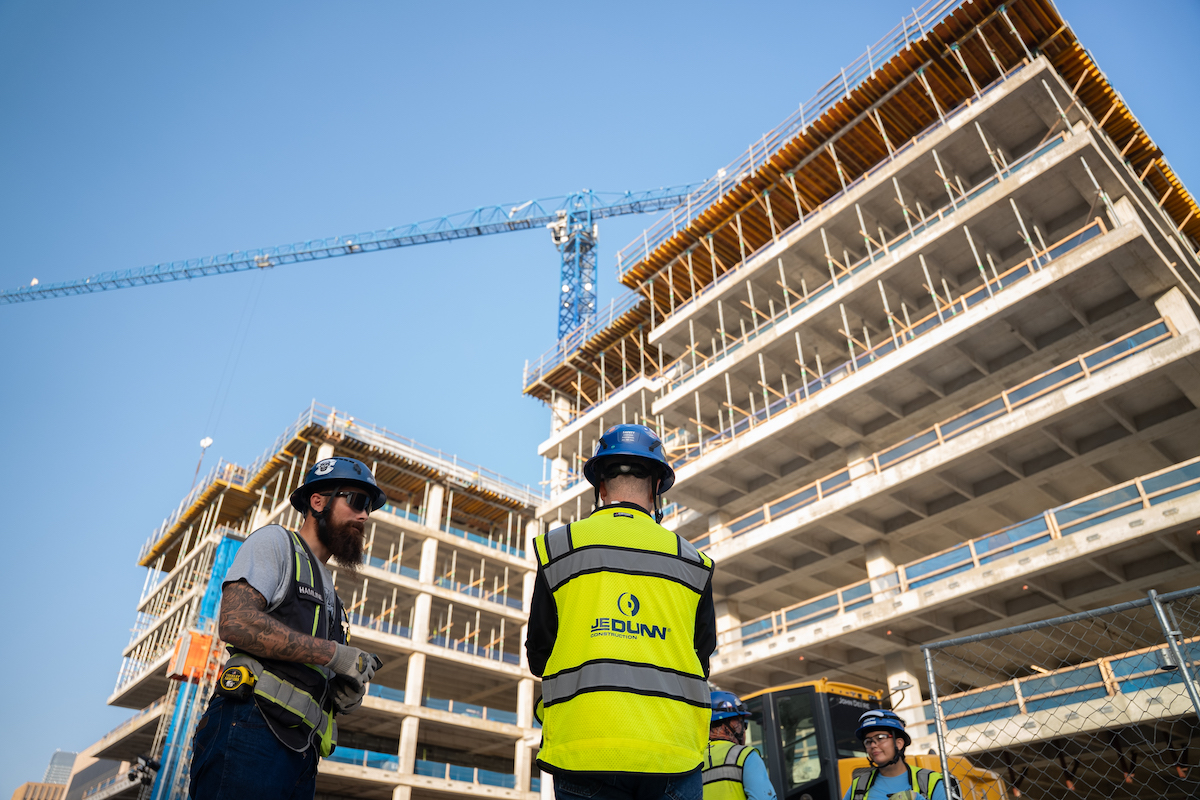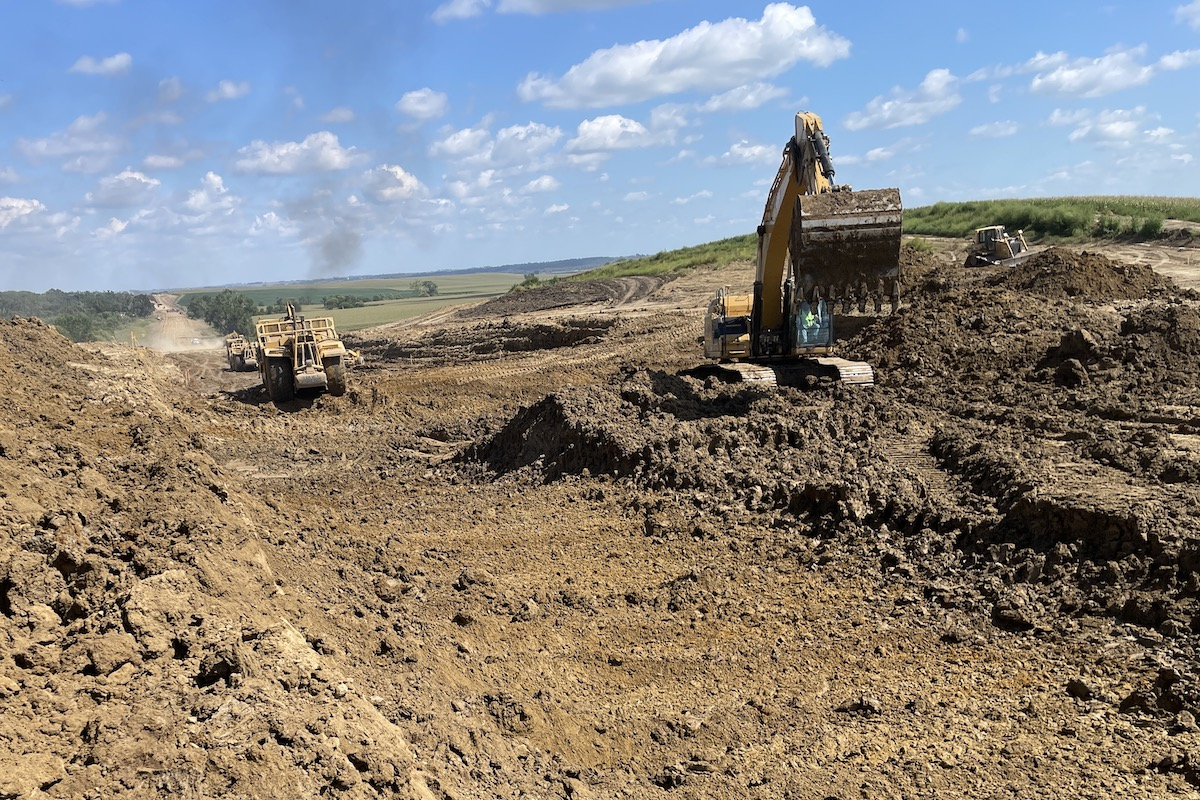The complexity of construction projects has surged in recent years, fueled by tighter timelines, denser stakeholder networks, and escalating performance expectations. Yet despite this shift, the core planning and management tools we rely on have remained largely static.
This growing mismatch has become one of the most pressing challenges in construction today. While the industry has made significant advances — from robotics and reality capture to generative scheduling and model-based coordination — the foundational systems that govern time and task management haven’t kept up. The result is a widening gap between plan and execution.
Information is fragmented across platforms. Updates are delayed, inconsistently shared, or lost entirely in translation. And in the field, decisions worth millions of dollars are still made using outdated, incomplete information.
The signs are familiar on nearly every job site: a master schedule taped to the trailer wall, hand-marked floor plans, printed look-aheads on clipboards, and verbal instructions passed along during morning huddles. The plan exists — but often bears little resemblance to the reality playing out on the ground.
These aren’t merely coordination issues. They are symptoms of a deeper problem — tools that can no longer keep pace with the complexity and speed of modern construction. Until we rethink the foundation of how we plan and execute work, even the most advanced technologies will continue to fall short. Construction is not just a technical challenge; it’s a spatial and temporal one. And we’re still managing it with systems designed for a different era.

| Your local Trimble Construction Division dealer |
|---|
| SITECH Southwest |
| SITECH West |
Construction planning typically relies on two primary systems: the Critical Path Method (CPM) and Building Information Modeling (BIM). Each plays a vital role — CPM for sequencing and time management, BIM for spatial coordination and clash detection. At the macro level, these tools are powerful. But on the ground, where precision, coordination, and adaptability are critical, they often fall short.
The field operates on a different rhythm. Superintendents and foremen must constantly translate high-level plans into day-to-day, location-specific activities. This process is rarely seamless. It typically involves a patchwork of printed drawings, handwritten notes, ad-hoc conversations, and informal updates.
When something changes — an inspection is delayed, a delivery is late, a crew is reassigned — the schedule doesn't bend; it breaks. Adjusting to real-time conditions means reworking the schedule week after week, often manually. It becomes yet another burdensome task layered onto already overextended teams.
The problem isn’t in the effort — it’s in the interface.

| Your local Gomaco dealer |
|---|
| Terry Equipment |
Construction is fluid. It involves motion, uncertainty, and constant coordination across people and space. Our current planning tools, designed for linear workflows and fixed assumptions, simply weren’t built for the dynamic nature of modern projects. Until we bridge this disconnect, even the most capable teams will struggle with outdated data, duplicated effort, and plans that lag behind the pace of work.
We don’t need to replace foundational systems like CPM and BIM — we need to extend them.
These tools are still essential, but they operate at a level of abstraction that doesn’t always connect with the day-to-day realities of the field. What’s missing is a practical, lightweight interface that ties long-range planning to real-time execution, not a layer built for documentation, but for decision-making.
Construction is inherently spatial. Crews think and communicate in terms of locations, drawings, and physical motion. Yet, most planning still happens through spreadsheets and Gantt charts — formats that strip away the spatial logic that drives field coordination.

| Your local Trimble Construction Division dealer |
|---|
| SITECH Southwest |
| SITECH West |
What the industry needs is a new layer: a 2D visual planning environment that allows teams to coordinate work directly on top of project drawings. A tool that mirrors how field leaders actually plan — visually, collaboratively, and in context.
New options like ALICE Plan can provide a lightweight, 2D planning interface to bridge the gap between the master schedule and the job site. They help teams map, adjust, and execute work more clearly while remaining tightly connected to core systems like CPM and BIM.
Rather than replacing these tools, a 2D interface complements them. It translates strategic intent into actionable, spatial workflows that crews can see, understand, and adapt in real time. The result is a more aligned, transparent, and resilient planning environment that reflects the physical reality of construction itself.
Other industries have already made this shift. In software, logistics, and manufacturing, agility has become the norm. These sectors have adopted visual, collaborative planning systems that empower teams to adapt quickly, align easily, and make informed decisions in real time. The results are clear: shorter feedback loops, fewer coordination errors, and improved performance outcomes.

| Your local Trimble Construction Division dealer |
|---|
| SITECH Southwest |
| SITECH West |
Construction, too, is defined by constant change. Site conditions evolve, scopes shift, and trades are tightly interdependent. But unlike these other industries, construction planning remains locked into rigid workflows that don’t reflect how work actually gets done.
It’s time to change that.
We don’t need to abandon the tools we trust, but we do need to augment them with new capabilities. A 2D planning interface offers a shared, intuitive environment that brings together drawings, schedules, and construction teams in one real-time workspace.
With this kind of visibility, every stakeholder can operate from a common understanding regardless of their technical background. What’s happening, where, and when become clear and accessible to all. Miscommunication is reduced. Rework is avoided. And teams can respond faster to the inevitable changes that arise during construction.

| Your local Trimble Construction Division dealer |
|---|
| SITECH Southwest |
| SITECH West |
At its core, this is about flow. Construction projects succeed when work moves smoothly from one task, crew, or phase to the next. But fragmented tools and siloed planning processes create friction. They slow down progress, introduce errors, and erode confidence in the plan.
Visual planning tools reduce that friction. By embedding planning directly into the spatial context of the drawings, they create a natural bridge between the strategic and the tactical, between the trailer and the job site, and between what’s planned and what’s happening.
This is not just a shift in tools; it’s a shift in mindset. A move from rigid control to responsive coordination. From static timelines to living plans. From managing complexity to navigating it with clarity.
Technology should simplify complexity, not add to it. In an industry where coordination is everything, the ability to plan visually and spatially is no longer a nice-to-have — it’s essential. By rethinking how we connect time and space, we can build more precisely, adapt more confidently, and finally align our planning tools with how construction actually works.

| Your local Trimble Construction Division dealer |
|---|
| SITECH Southwest |
| SITECH West |
The complexity of our projects isn’t going away. But with the right tools — and the right perspective — we can rise to meet it.
René Morkos is Founder and CEO of ALICE Technologies. A second-generation civil engineer and Adjunct Professor at Stanford University, he launched ALICE in 2015 to help contractors on capital infrastructure, industrial, and commercial projects.

